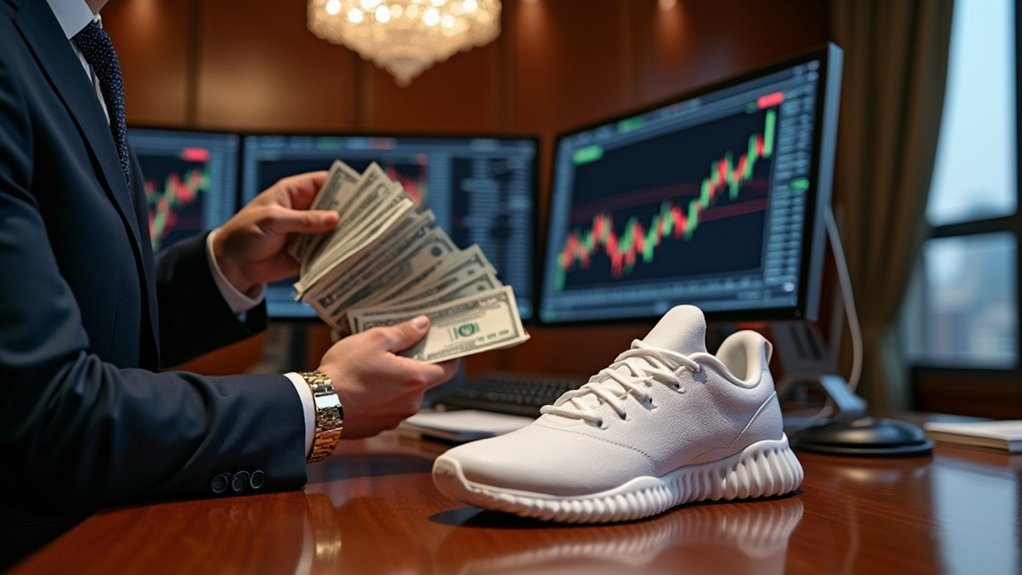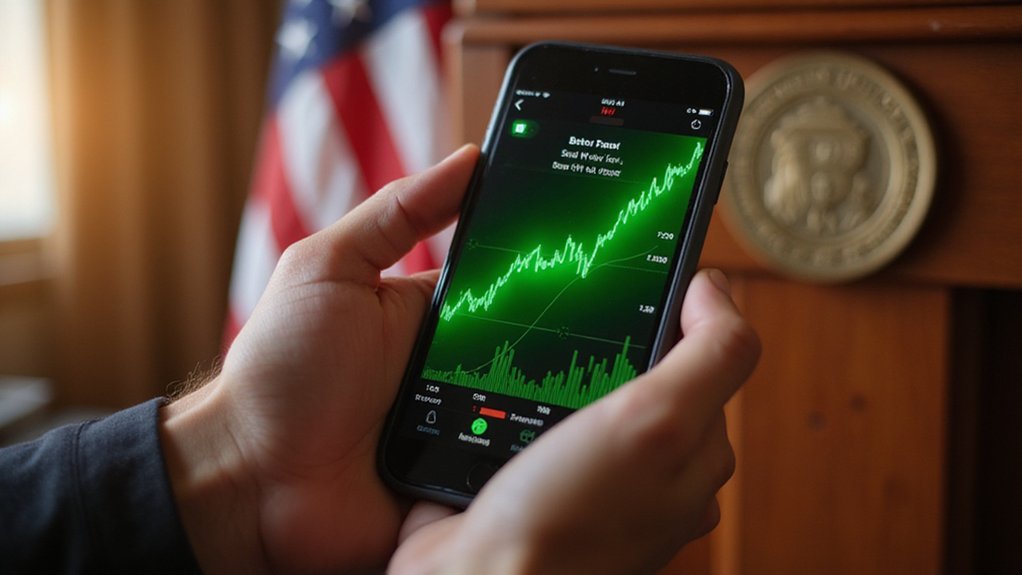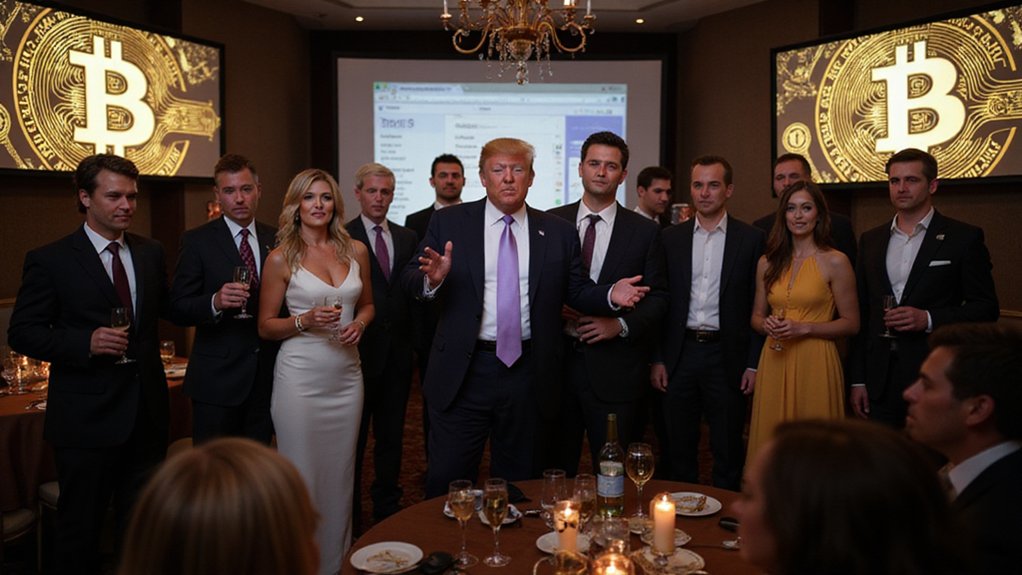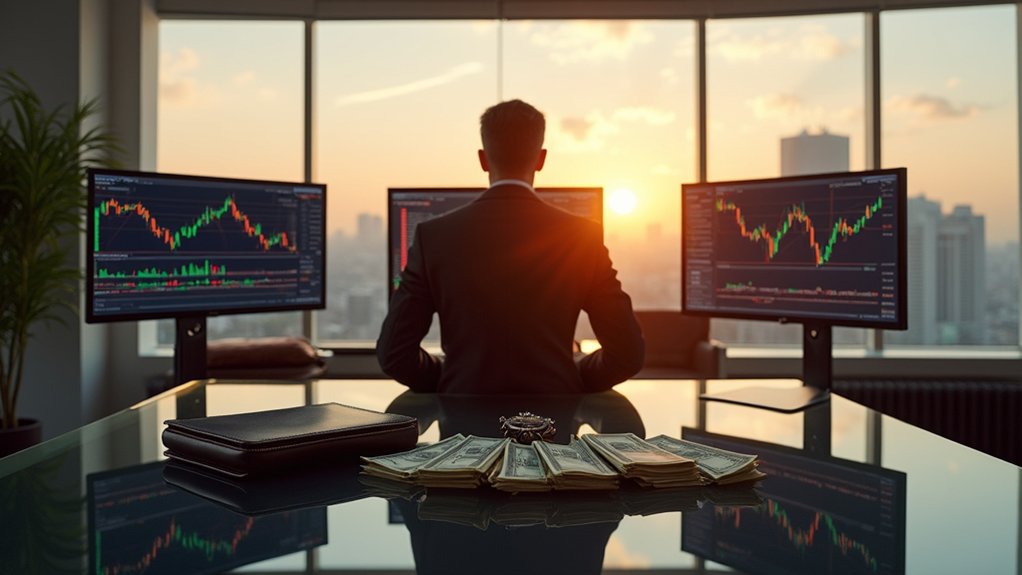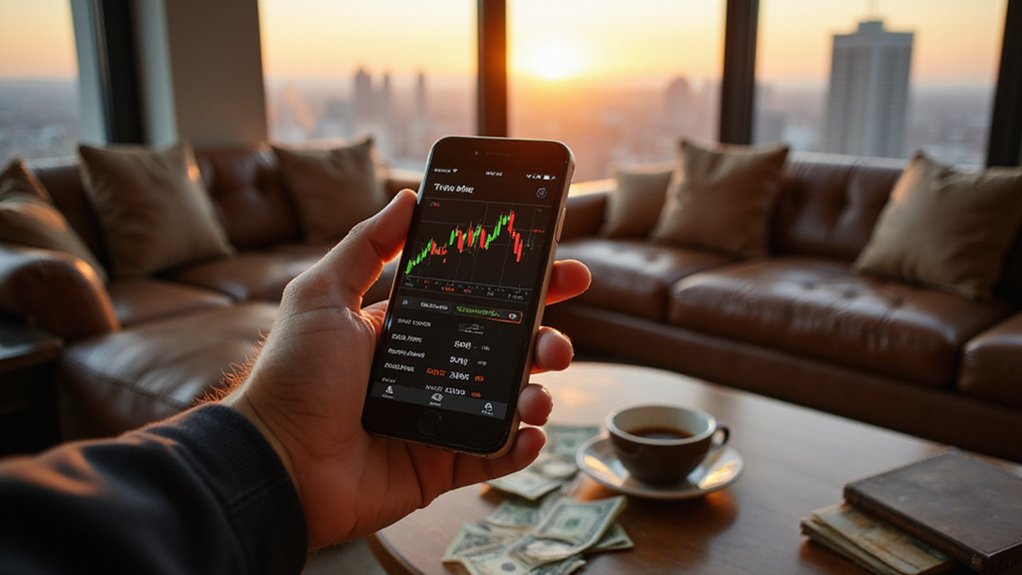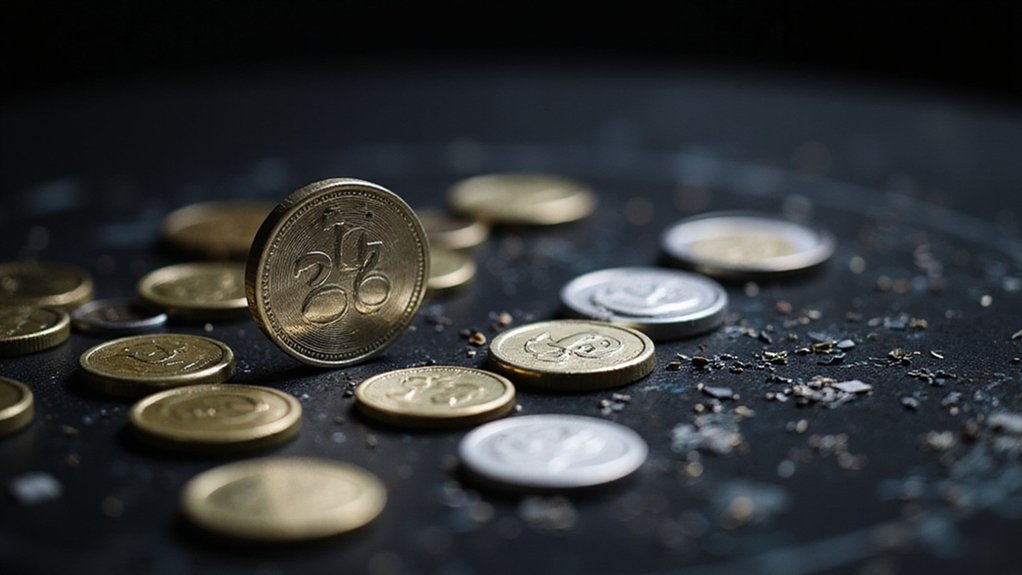A single trader managed to extract $100 million from the chaotic symphony of Trump-era market volatility, transforming what most investors experienced as financial whiplash into an extraordinary payday.
While the S&P 500’s forward P/E ratio hovered at 22.2 in December 2024—signaling an expensive market primed for turbulence—this anonymous market participant positioned themselves to capitalize on the inevitable policy-driven swings.
The April 2, 2025 global market crash, triggered by Trump’s tariff announcements, created precisely the conditions sophisticated traders dream about: widespread panic selling across virtually every sector.
As retail investors fled to bonds (briefly, before that trade reversed), our mystery millionaire likely employed volatility strategies that profited from dramatic price swings rather than directional movements.
The beauty of such approaches lies in their indifference to whether markets soar or crater—they simply require movement.
Trump’s subsequent announcement of tariff pauses sparked an equally dramatic recovery, with the S&P 500 and NASDAQ reaching all-time highs by June 27.
By August 11, the index posted an 8.4% year-to-date gain—remarkable considering the spring carnage.
This whipsaw pattern, devastating for buy-and-hold investors, represents pure profit potential for those wielding options strategies, futures contracts, or sophisticated derivatives.
The trader’s success illuminates a fundamental market truth: policy uncertainty creates opportunity for those willing to embrace complexity. During Trump’s first term, the S&P 500 delivered an impressive 14.1% annual return, nearly double the market’s long-term average performance.
Trump’s trade policies generated exactly the kind of headline-driven volatility that separates professional traders from casual investors. The broader cryptocurrency market explosion, with Bitcoin reaching above $120,000, demonstrated how alternative assets thrived amid traditional market chaos.
While sectors like energy and financials benefited from policy tailwinds, the real money lay in exploiting the gaps between announcement and implementation, rumor and reality. The marginal propensity to consume from crypto gains often exceeds that from traditional equity appreciation, potentially fueling increased discretionary spending across multiple asset classes.
Now, reports suggest this same trader has set sights on Kanye West’s struggling Yeezy empire, apparently viewing the brand’s post-controversy valuation as another asymmetric opportunity.
The connection between Trump tariff trades and Yeezy investments might seem tenuous, but both represent contrarian bets on assets others have abandoned—a strategy that, evidently, has proven extraordinarily lucrative.
Whether lightning strikes twice remains to be seen, but with $100 million in fresh capital, the trader certainly has ammunition for the next financial adventure.
